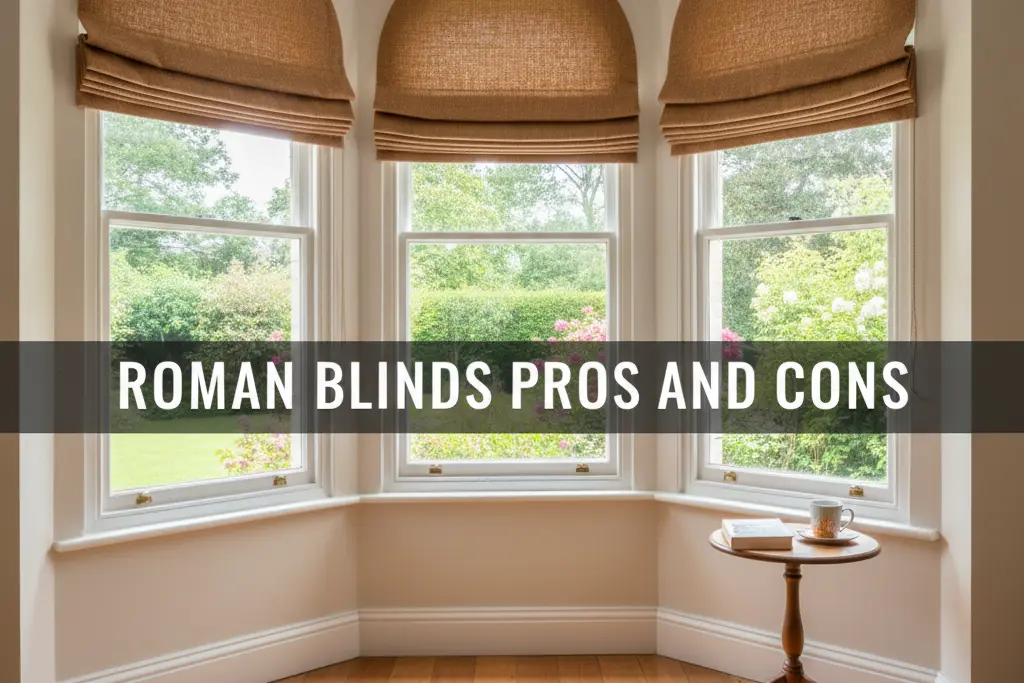NZ homes often struggle to keep warmth in during cold winters and block out heat during hot summers. The right window coverings play a crucial role in reducing energy loss, creating a more comfortable living environment, and lowering power bills.
When comparing blinds vs curtains energy efficiency, thermal-lined curtains generally perform best for retaining heat in winter if properly installed. However, the choice isn’t always straightforward—factors like window type, product quality, and your home’s specific needs all influence which option offers the best overall protection.

The Thermal Advantage of Curtains
Curtains have been a staple of home insulation for centuries, and for good reason. They work by creating a thick, insulating air pocket between the fabric and the windowpane, effectively slowing the transfer of heat.
Thickness and Thermal Lining
The key to a curtain’s energy efficiency lies in its layers. While a single, lightweight curtain does little more than offer privacy, a heavy, lined curtain—especially one with a specific thermal or blackout lining—acts as a powerful thermal barrier. These linings are often made with acrylic foam or a dense weave that dramatically reduces heat transfer, which can account for up to 40% of the total heat loss from your home.
Superior Coverage
Properly hung curtains, particularly floor-length options installed well above and beyond the window frame, create an enclosed space that seals the window. This prevents warm air from circulating down the glass and escaping, a process known as convection. When combined with a pelmet (a decorative header above the curtain track), this seal is maximised, trapping the heat in the room where it belongs.
The Precision and Modern Efficiency of Blinds
While curtains may be the thermal champion in a classic sense, the question of are blinds better than curtains is valid when looking at specific modern solutions and how they manage solar gain.
The Cellular Blind Advantage
Not all blinds are created equal. Standard venetian or roller blinds, while excellent for light control, offer minimal insulation unless they are specifically designed to trap air.
The notable exception is the cellular (or honeycomb) blind. These blinds are constructed with a series of air pockets, resembling a honeycomb structure, which effectively traps air and creates a series of insulating barriers. This design is exceptionally good at both keeping the cold out and preventing excessive solar heat gain in summer. They offer high R-values (a measure of thermal resistance) in a sleek, less intrusive package.
Heat Gain Prevention
Blinds excel at precise control over light and solar heat gain. By angling the slats of a venetian blind or using light-filtering roller blinds, you can harvest natural light without allowing direct, intense sunlight to overheat a room. This can be crucial for west-facing rooms in summer, helping you avoid turning on the air conditioning.
The Ultimate Factor: A Perfect Fit
Whether you choose blinds or curtains, their energy-saving potential is entirely dependent on installation. A gap of a few centimetres around a window can undo the benefits of the most expensive thermal fabric.
| Energy Efficiency Metric | Curtains (Thermal Lined) | Blinds (Cellular/Honeycomb) |
|---|---|---|
| Heat Retention (Winter) | Excellent (Best with a pelmet) | Very Good (Traps air in cells) |
| Heat Gain (Summer) | Good (Requires full closure) | Excellent (Adjustable and reflective) |
| Air Leakage Control | Excellent (When covering entire wall space) | Very Good (Best when recessed fit) |
| Aesthetics | Warm, Soft, Luxurious | Sleek, Modern, Minimalist |
For Curtains
- The Drop: Curtains should extend to the floor or sill and should be long enough to rest slightly on the floor to seal the bottom gap.
- The Width: They must be installed on tracks or rods that extend well past the window frame on both sides to prevent air from moving around the edges.
For Blinds
- Recess Fit: Installing a blind within the window recess creates a tighter seal, trapping air between the blind and the glass.
- Side Channels: For maximum efficiency, side channels can be added to honeycomb blinds to create a near-airtight seal around the entire perimeter.
Making the Right Choice for Your NZ Home
When asking which is more energy efficient, the answer shifts from a simple product comparison to a specific scenario analysis:
- For maximum warmth and superior heat retention: Choose heavy, thermal-lined curtains that are full-length and installed with a pelmet. These are ideal for bedrooms and living rooms where comfort is paramount.
- For sleek design, light control, and dual-season efficiency: Choose cellular or honeycomb blinds. These are excellent for modern spaces, small windows, or areas where full-length curtains are impractical, such as kitchens or bathrooms.
Ultimately, the best solution might be a combination: a tightly fitted roller or venetian blind for daily light control and privacy, layered with stylish thermal curtains for maximum winter insulation.
Gorgeous Curtains specialises in creating custom window coverings that meet the unique energy challenges of New Zealand homes. Contact us today to explore how our range of thermal curtains and high-performance blinds can make your home warmer, cooler, and more beautiful.



